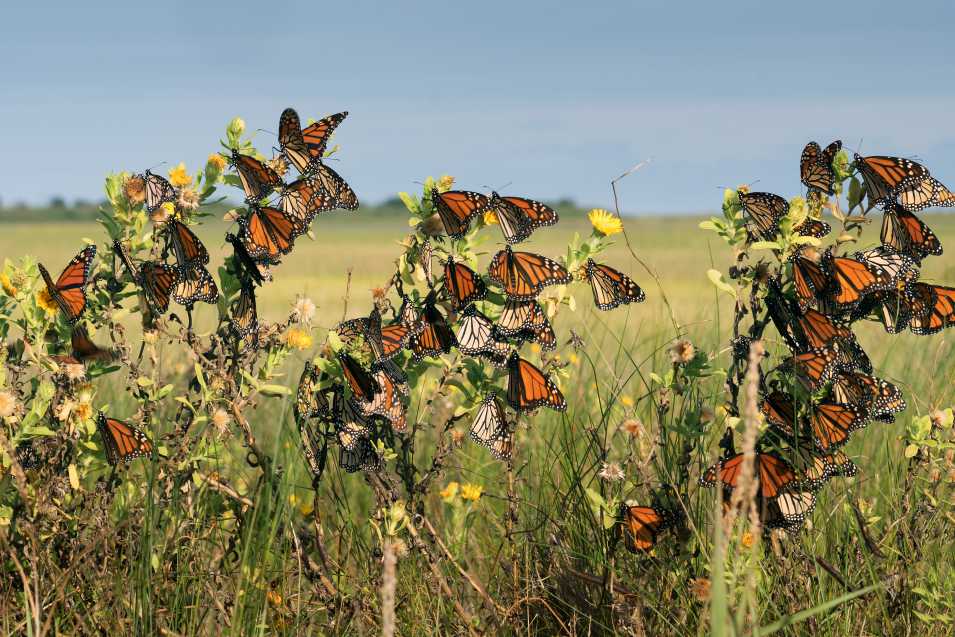If you’re wondering whether or not you should have milkweed in your yard, you’re in the right place! This article will give you the info you need to make an informed decision.
You’ll learn about the milkweed species you can plant, which ones are best suited to your landscape, and how to care for and remove them from your garden.
Common Milkweed
It is a native plant to North America. Its flowers are fragrant and attractive to many pollinators. A wide variety of milkweed plants are grown for their ornamental value. The best species for your garden depends on the region you live in.
It is a hardy perennial that thrives in full sun and good drainage. Its flowers are pink or purple and droop slightly on stems.
This species grows from about 3 to 4 feet tall. It is a wetland plant that does well in wet soil. Swamp milkweed is very popular with monarch butterflies.
Monarchs are very good at finding milkweed plants. Their caterpillars feed on the leaves of the plant. Once the eggs hatch, the Monarch butterfly larvae begin feeding on the plant as well.

Tropical Milkweed
It is a popular plant for both Monarchs and hummingbirds. It’s sold as a decorative container plant at many major garden outlets. As a tropical perennial, it doesn’t die back in winter. It can be cut back to the ground two to three times a season to refresh its foliage.
The plant has a reputation for attracting monarchs and Spicebush Swallowtails. In addition to its colorful flowers, it is a good nectar source for other insects.
However, a recent study shows that tropical milk weed may actually hurt Monarchs. Researchers uncovered a protozoan parasite called OE, which is a known killer of adult monarchs.
This small but dangerous microorganism is carried in the caterpillars that feed on the plant. Adult monarchs are weakened by the parasite, which can be transferred from the leaf to the larvae.
Other Milkweed-Associated Butterflies
Milkweed is a common herbaceous plant. It belongs to the dogbane family, Apocynaceae. Many indigenous tribes chewed the roots to treat dysentery. They used it for thickening soups, and used its sap for wart removal.
Monarch butterflies feed on milk weeds and lay their eggs on the underside of the plant’s leaves. The larvae are then transformed into adult monarchs.
Other species of milkweed-associated butterflies include the eastern Comma, the Zebra Swallowtail, and Large Milk weed Bugs. All have an interest in nectar from milk weed plants.
However, the population of monarchs that live in Mexico has declined by 80 percent in the past two decades.
Scientists have found that tropical milkweed can inhibit monarch migration. This is due to its ability to encourage monarchs to lay their eggs outside the normal temperate-zone breeding season.
Insecticides
The monarch butterfly has been under attack from pesticides. Insecticides are used in the agricultural industry to control pests, and also in the backyard to control insects that harm humans, such as mosquitoes.
Pesticides may be harmful to monarchs when they are present on the milkweed plant. It is critical for monarchs because it provides a food source for their caterpillars. If the caterpillars are exposed to insecticides, they die.
Pesticides that are absorbed by the milkweed plant are then distributed to the other parts of the plant, where they kill and affect other insects.
Studies have shown that the presence of insecticides in milkweed can have a harmful effect on the monarch and other pollinators.
Research has found that monarchs are significantly affected by a variety of pesticides when they are fed on the milk weed. These compounds are toxic to monarchs, and may be a major contributor to the declining monarch population in the West.
Related Article: Weeds That Look Like Wheat
Removing Milkweed
A milkweed plant has been described as a “lifeblood” of the monarch butterfly. It produces a chemical that makes the butterfly toxic to predators. This plant is also a great host for monarch larvae.
Monarch butterflies are endangered species, and removing milkweed is one of the best things you can do to help the butterfly’s future. There are numerous ways to do this, though.
A pheromone trap is a popular method of preventing and removing milkweed for monarchs. You can install one of these at the base of your garden or at the edge of your property. However, make sure it is out of your garden.
There are many invasive species and other unwanted guests that can damage your milk weed. For instance, snails and cats are notorious for nibbling on your milkweed. Insects like whiteflies and slugs may destroy your plants and leave them sooty.
Related Article: Arometherapy Sanctuary With Just a Few Plants
